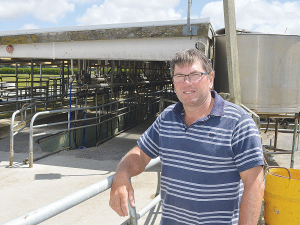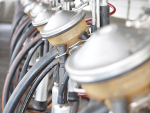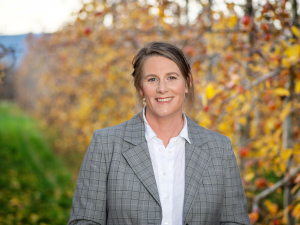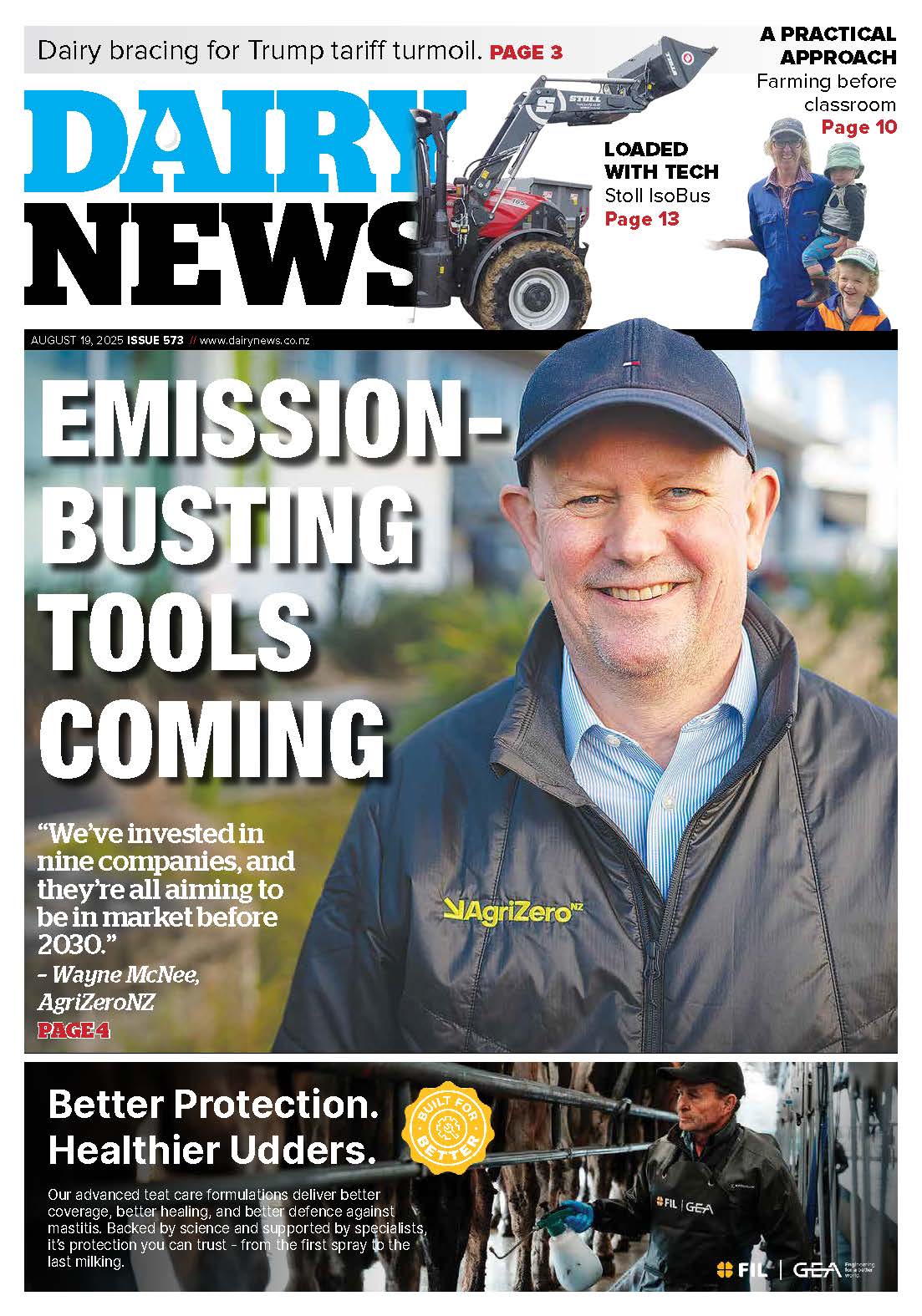Taranaki farmer Grant Gopperth was at a crossroads: new milk cooling regulations required that he upgrade his milking shed.
Gopperth faced spending thousands on a new chiller or ice bank. But this cloud had a silver lining: the farm was just keeping its head above water in meeting the new regulations.
Two seasons earlier Gopperth had combined his two farms and began milking 340 cows. He had also spent money on a new and bigger 11,500L milk vat, building an underpass for stock, two small bridges and upgrading his milk shed into a 32-a-side herringbone unit.
Gopperth says he began looking at his options; his farm had an old chiller that “was just doing its job”.
“I always knew it was going to be touch-and-go; the bigger vat and the size of the chiller unit were always going to put a bit of pressure on the system.”
Gopperth hired a company to take readings of his milk cooling system; after a week’s monitoring he was told milk was going into his vat at 11.5 deg C, especially after the second milking.
Under the new regulations the milk in the vat has to be cooled to 10 deg C or below within four hours of the start of milking, or down to 6 deg C or below within six hours of milking starting and within two hours of completion of milking. And the milk must be held at 6 deg C or below until collection or the start of the next milking, and must not exceed 10 deg C during subsequent milkings.
Gopperth settled on a two-pronged solution that was unlikely to cost over $1000.
Firstly, he upgraded the water reticulation system in his milking shed.
His shed water wasn’t connected to the mains; water filled slowly into a black tank on the farm and when the washdown pump was turned on, it recycled the water through a plate cooler. The re-circulating water warmed up in the tank.
Gopperth says this water was tested and found to be about 21 deg C and “wasn’t helping our cause either”.
With the help of a plumber he ran a 63mm pipe into the shed, bringing cooler water from the main line. This helped him bring down the milk vat temperature to about 10 deg C after the second milking. Gopperth realised he “needed to do a little more”.
“I didn’t want to spend $15,000 on a new chiller and that’s when Chillboost came into play,” he says.
The device, made by Corkill Systems Ltd, is essentially a timer encased in a waterproof module. It connects a shunt to the existing vat thermostat at preset intervals; the timer is set to activate the chiller system about 30 minutes before the start of milking.
It ‘tricks’ the chiller thermostat into thinking the milk is actually warmer than it really is. This causes the chiller to bring the contents of the vat down to the normal cut-off point (usually 4 deg C) or just below prior to milking.
It repeats this cycle every 30 minutes.
Gopperth says Chillboost has cost him $410 to install and has helped cool his milk temperature by another 1.5 deg C.
“It won’t work for everyone, but in my case these two small investments have combined to get milk below the cooling threshold,” he says.
Band-aid solution
Grant Gopperth says some might call his investments “band-aid solutions” but they are working fine.
“I’m really happy with what Chillboost is doing,” he says. “I might look at a new chiller down the line.”
Gopperth says Fonterra, which picks up his milk, is happy with the milk temperature.
He says the new milk cooling regulations are necessary.
“There are a lot of compliance costs we can argue about. In our case we have spent a lot of money redoing the cow shed and the farm.
“If I can get another three years out of this chiller with the help of Chillboost, I’ll be happy.”


















